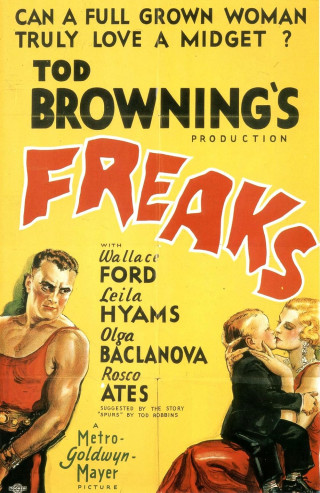Jaws is famous for both singlehandedly creating the “summer blockbuster” mode of moviemaking and forever changing people’s perception of sharks, but its truest legacy is the metaphor of the shark itself: the omnipresent darkness lurking at the heart of Americana, reminding us that we are never truly safe.
Beginning with 1920’s The Cabinet of Dr. Caligari — widely considered to be the first horror film — the best horror films have functioned as a dark mirror, reflecting our own fears back to us through the lens of storytelling. They use allegory and symbolism to stand in for a whole host of social phobias, structural repression, and shared anxieties. Just as our readings of such stories can change over time, our relationship to horror films can shift. The scary figure in the woods can represent something very different depending on who’s looking at it, and when.
That’s why horror cinema through the ages can serve as a diary, a documenting of civilization confronting its fears of monsters both human and supernatural — fears of war, fears of nature, fears of extinction, and much more. “We make up horrors to help us cope with the real ones,” Stephen King writes in Danse Macabre, his 1981 nonfiction book on the genre. “With the endless inventiveness of humankind, we grasp the very elements which are so divisive and destructive and try to turn them into tools—to dismantle themselves.”
If horror helps us speak our fears aloud, a look back at a hundred years of seminal horror films reveals a civilization trying to come to terms with itself — for better and worse.
Prewar: Monsters and the monsters within us
Although horror has always been a prominent theme in folklore, fairy tales, and urban legends, horror as a genre arguably kicked off in 1764 with the publication of Horace Walpole’s The Castle of Otranto, the very first gothic horror novel. The story teemed with homoerotic symbolism and strange, otherworldly acts, and today is often read as an externalization of the author’s grappling with sexuality. From the time of its publication through today, horror has contained an element of internalized fears and phobias, shames and anxieties, made external and visualized. Sometimes we’re able to overcome them; sometimes they overcome us. And often, the “monsters” turn out to be regular people like Horace Walpole, grappling with his queer identity in a homophobic society.

